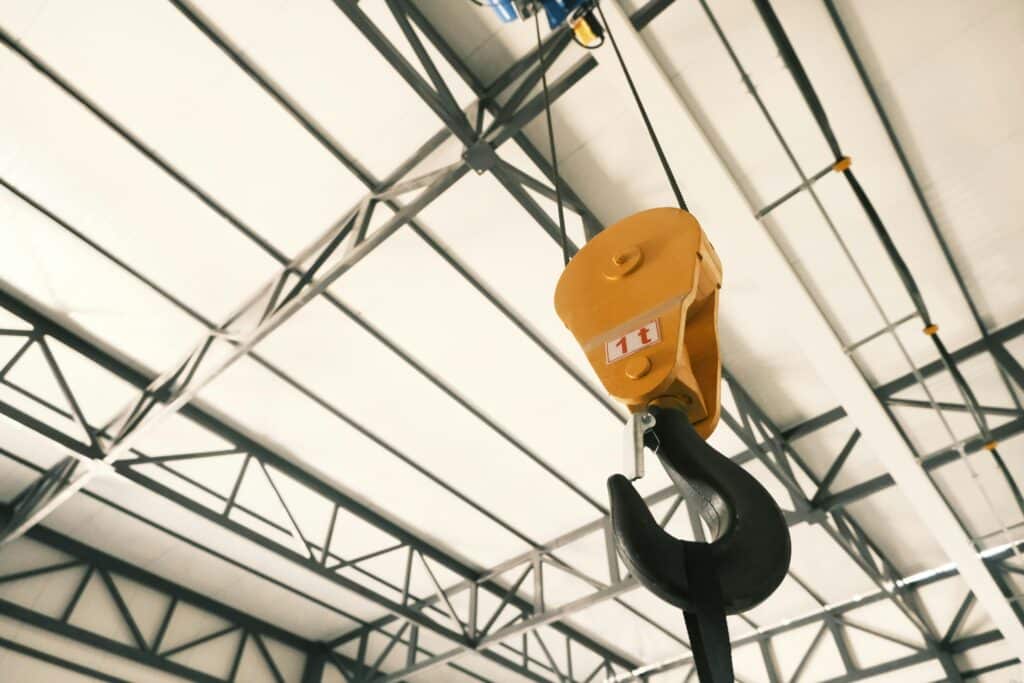When we admire a shiny skyscraper or a grand glass atrium, our focus is on shape and light — but behind each smooth surface is a complex orchestration of precise rigging and heavy lifting. Modern architecture isn’t only built from concrete and steel; it’s carefully lifted, balanced, and positioned using specialized equipment and skill, merging engineering with creativity.
The Undervalued Foundation of Design
Every structure — from a minimalist museum to a soaring residential tower — starts as a logistical challenge. How do you lift a 50-ton truss without deforming its shape? How do you install a curved glass panel hundreds of feet above the ground without breaking it? This is where rigging and lifting experts turn abstract blueprints into reality. Using cranes, hoists, chain slings, and below-the-hook devices, they coordinate movements down to the millimeter. The success of an architectural vision often depends on the precision of this unseen performance.
Precision Meets Aesthetics
In modern design, there is little room for error — and even less for visible compromise. Architects often imagine floating façades, cantilevered decks, or suspended installations that defy gravity. Rigging systems enable these features through precise balance and carefully distributed loads.
From modular building components lifted into place by tower cranes to façade panels aligned by vacuum lifters, the process combines structural strength with visual perfection. Behind that minimalist exterior lies an intricate framework of tension, compression, and precisely located anchor points.
Innovation in Motion
Advances in lifting technology are transforming what architects can envision. Smart rigging devices with load sensors and wireless monitoring systems now enable teams to execute multiple lifts with precise accuracy. Hydraulic gantries and synchronized hoists allow the raising of large assemblies without distortion — essential for today’s complex geometries.
Even traditional tools like chain slings and spreader bars have advanced with high-strength alloys and lighter composites, allowing for safer and more efficient lifts while supporting ambitious architectural experimentation.
Sustainability Through Smarter Lifting
The push for greener construction isn’t just about materials — it’s also about methods. Prefabricated and modular construction, both relying on heavy lifting, reduce waste and shorten build times. Large wall sections, complete rooms, and even entire facades can now be assembled off-site, then lifted and installed with precision.
These methods reduce on-site emissions, decrease traffic congestion, and improve worker safety — aligning perfectly with the sustainable principles at the core of modern architectural practice.
The Human Element
While the machinery takes the spotlight, the true artistry is in the people who operate it. Experienced riggers, lift planners, and crane operators combine technical skill with instinct — understanding how loads behave, how weather influences weight, and how to balance risk with progress.
Each lift is a performance that demands collaboration among architects, engineers, and construction crews — where communication, timing, and trust transform complexity into beauty.
Enhancing the Vision
The next time you walk beneath a shining atrium or cross a suspended pedestrian bridge, take a moment to appreciate the unseen forces at work. The art of heavy lifting isn’t just about strength — it’s about grace, balance, and the quiet mastery that lets imagination shape steel, glass, and concrete.

